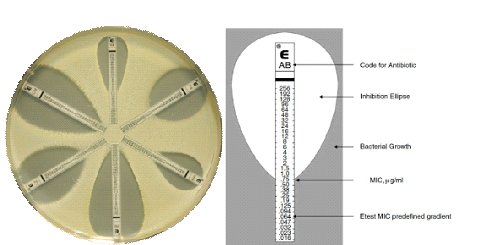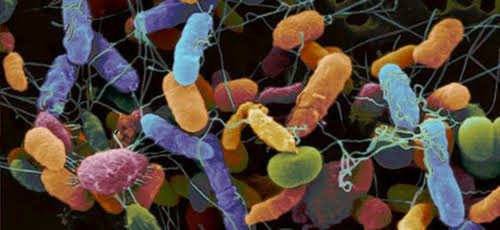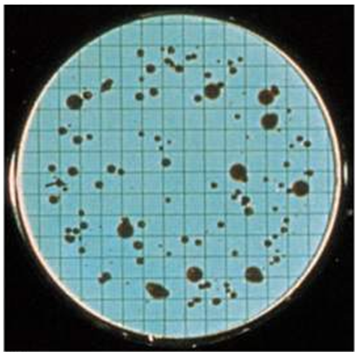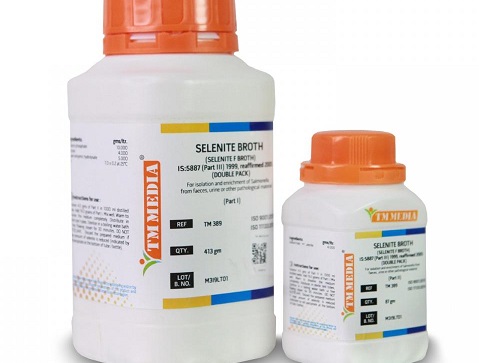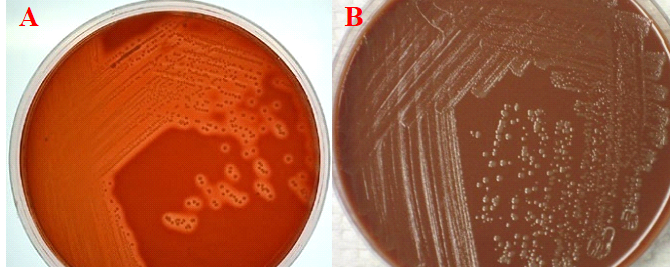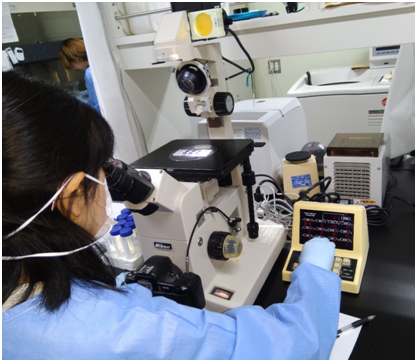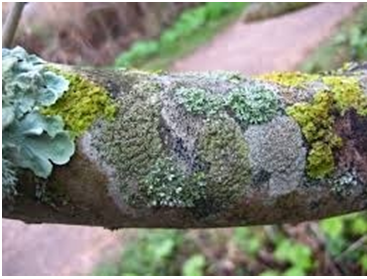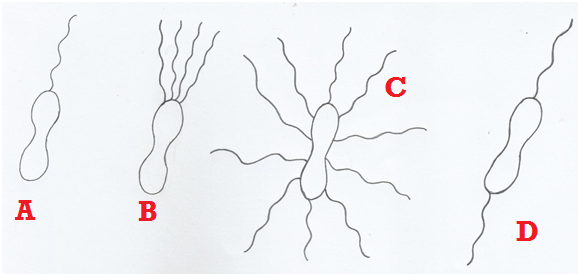MEASUREMENT OF ANTIMICROBIAL EFFICACY/ACTIVITY
The determination of the antimicrobial susceptibility of a given pathogen to a particular antimicrobial agent can be performed or undertaken by one of two basic methods, viz: Agar Disk Diffusion Method Agar disk diffusion technique of antimicrobial susceptibility testing provides a basis for the classification of a pathogenic strain as susceptible, intermediate or resistant to […]
MEASUREMENT OF ANTIMICROBIAL EFFICACY/ACTIVITY Read More »
Antimicrobial Susceptibility Testing (AST) & Antibiogram, Pharmaceutical Microbiology
